Raising funds can be the same as being thrown in the wild jungle with no compass, particularly for early stage companies like startups and new founders. Luckily, there is more than one way to do it, and the recent massive success for crowdfunding is something you can be part of.
Now here's a compass bearing for you to navigate, explore and conquer the unknown lands of raising funds.
There are two main types of crowdfunding:
- Rewards: delivered through platforms like Kickstarter;
- Equity: delivered through platforms like Crowdcube and Seedrs.
The main difference between the two is the stake released in the company.
With equity crowdfunding you are raising investment in the traditional sense, but from a potentially big mix of both sophisticated (investors with a lot of experience and knowledge in investing, who weight and understand the risks and merits of an investment opportunity) and more retail investors (individual investors who invest for their personal account). It can be very helpful for a wide range of businesses.
In rewards crowdfunding an advance purchase (purchased before the actual provision of the product the startup is making) is more likely to happen and no equity is released. Rewards crowdfunding really favours ideas that are product related, although it is not exclusively the case.
The real power of crowdfunding is not just that it raises funds. The magic comes in the value of the crowd that gets involved, which consists of two hocus-pocus ingredients:
- Marketing: for a crowd campaign it gives great visibility to an idea and to a team. It's good practice to really throw priority time and attention into this, and to make it the heart of the overall marketing strategy for the 2 to 4 months it takes to raise the funds,
- Encouragement: the power of the support every investor brings is priceless. New supporters, ambassadors and raving fans all with a real interest to see you succeed, and to see you honour your promises made in the pitch.
The USA is really where rewards crowdfunding has made most of its headlines and campaigns such as this one from Elektroninks, is no isolated case. An innovative idea, with a great video got early traction and then exploded with backers (people who invest in startups on Kickstarter are called “backers”).
The UK is where equity crowdfunding has found its feet over the last two years. It is now being looked at by many other European markets. What made this possible was the UK government tax incentive schemes of SEIS and EIS making equity crowdfunding hugely attractive for a vast number of investors. Companies taking advantage of this option as part of their raise, increase their likelihood of getting funded as it softens the risk for investors.
The most attractive piece of all from the crowdfunding mechanism is that it massively accelerates the proof of market fit for new ideas. A campaign can be hard work and intense, but at the end of the day, it proves whether the market has a desire or not for what you are offering. If something cannot crowdfund, the pointers are that it most probably will not work out there. If it can crowdfund, then it means the idea has potential.
With billions of dollars raised through Kickstarter in the USA and over £100M now raised in the UK by Crowdcube alone, a combination of deals of Venture Capital backing alongside crowd raises, and the first exits of successful companies that have been crowdfunded, all of these tools are really showing themselves to be a big win-win situation for everyone.
Follow this bearing and see where it takes you. Let us know how you get on and what you find along the way. We believe in you, after all, you are a descendent of fearless explorers.

